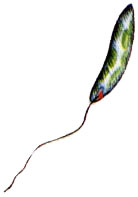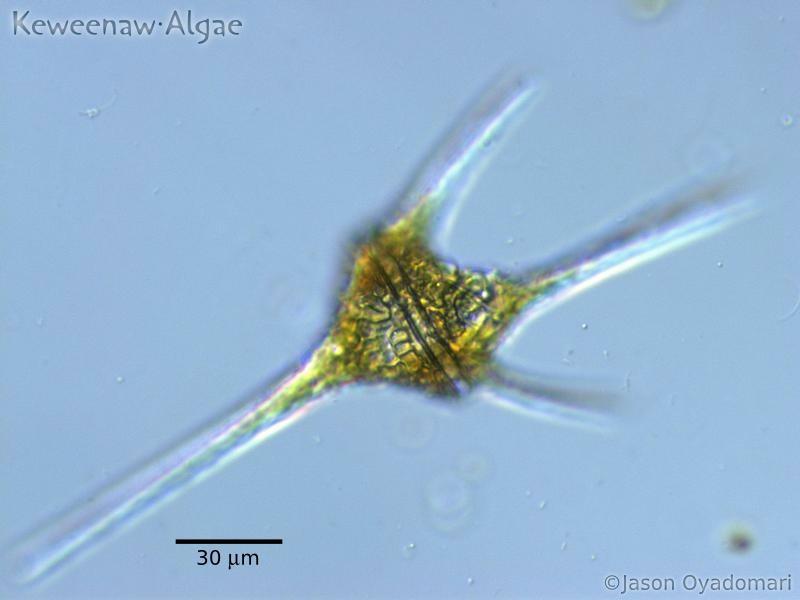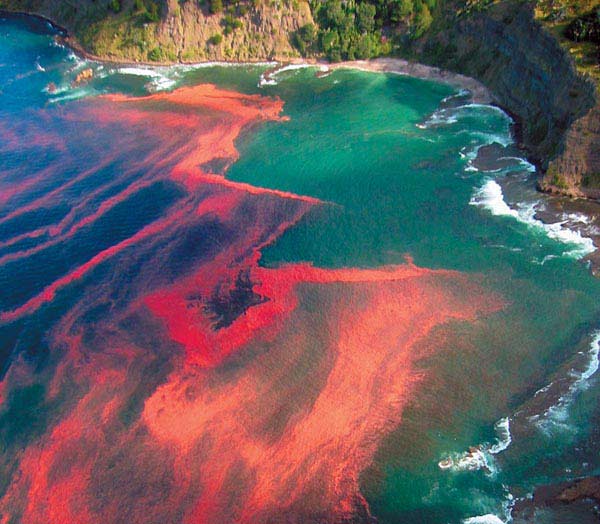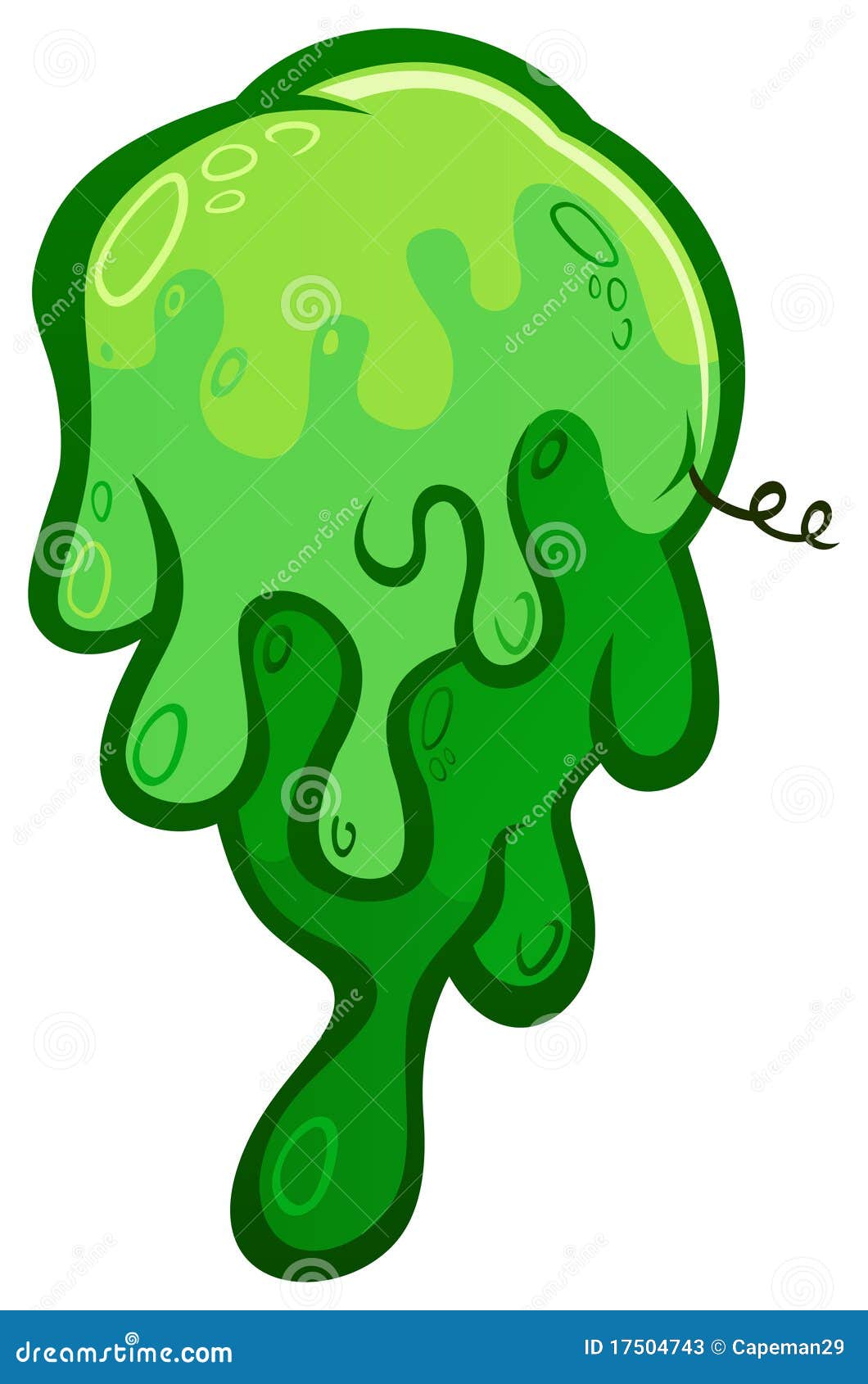King of Gore
About 90 million years ago, meat-eating dinosaurs began undergoing big changes. They were adapting to conditions in what is now the western United States. Best known among them would be the fearsome Tyrannosaurus Rex, but some of its ancestors also would gone on a crazy rampage through the countryside. Consider Lythronax Argestes a new found addition to the family, it’s the earliest. And its Greek name says it all: Gore King of the Southwest.

A fossil was discovered in Utah and is declared related to the T-rex. Researchers at the Natural History Museum of Utah and the Denver Museum
of Nature and Science recently published a paper detailing the new
species of dinosaur Lythronax argestes, whose first name translates to
"King of Gore." Mark Loewen
found the 80-million-year-old bone fragments of the new dinosaur.

Links














